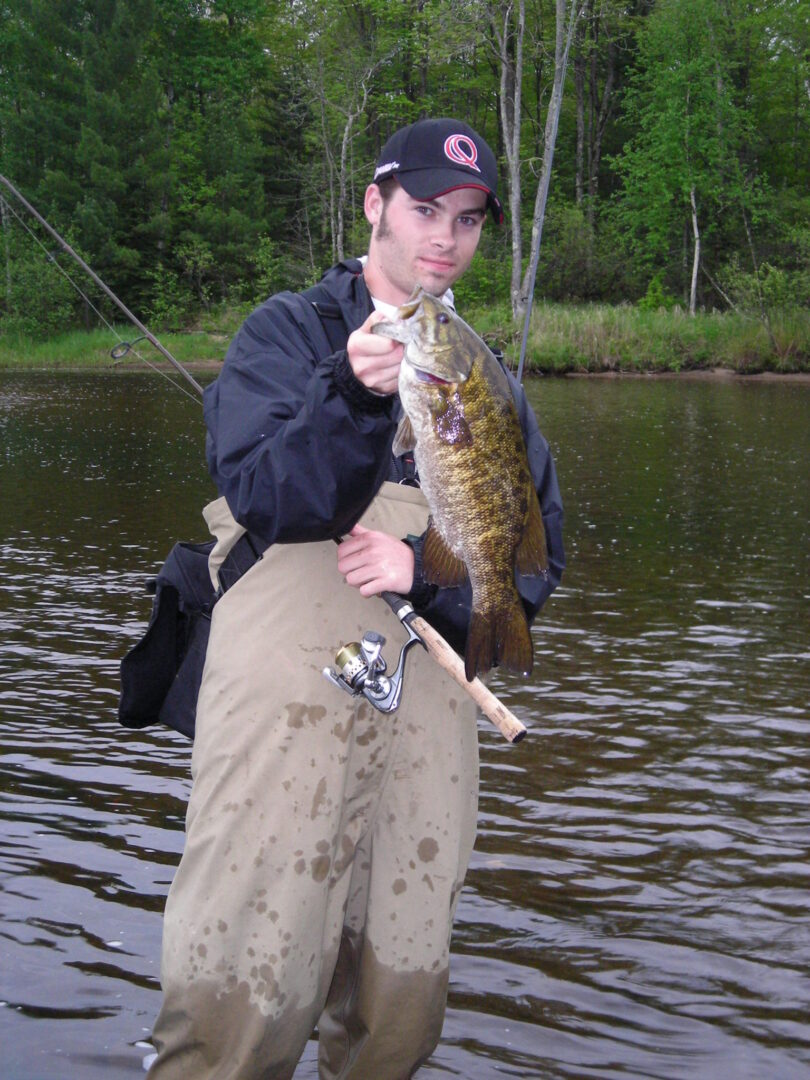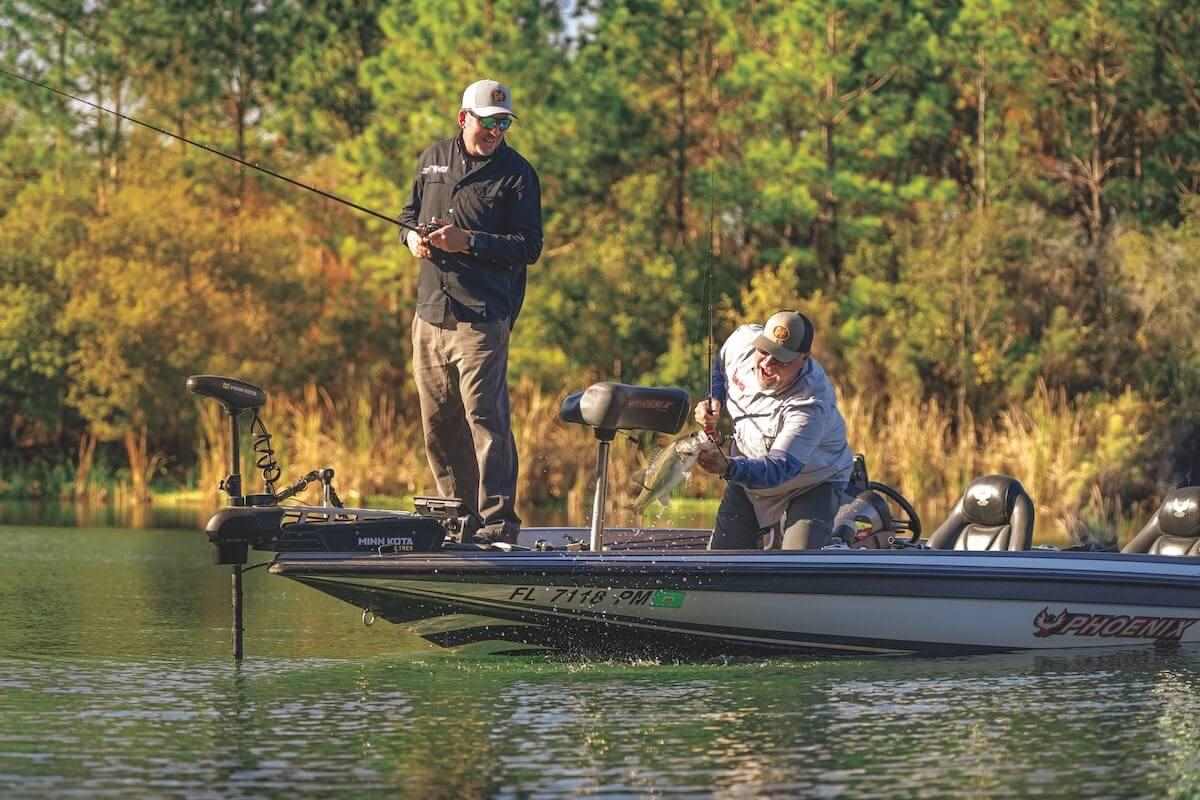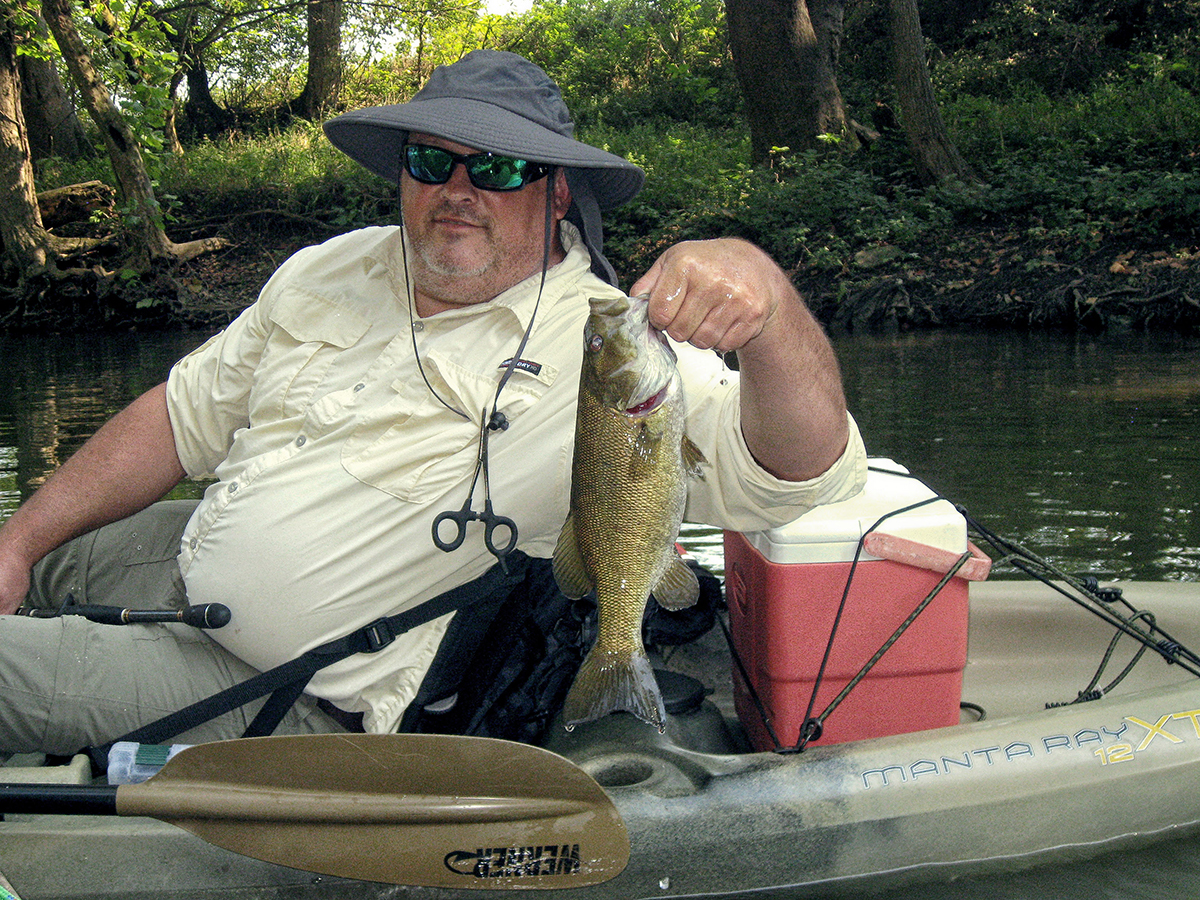If you can read a thermometer, or TDS, digital pH meter you can catch more bass. Use this article to determine where to find fish and how to catch them on any given day. What Are Ideal Water Conditions for Bass?
Ideal H2O conditions for bass include:
H2O temperatures 65-80°F
pH-slightly acidic (6.5-7.5)
Dissolved oxygen-5-8 mg/L.
Clear/slightly turbid H2O-good visibility.
Presence of vegetation & structure
Good oxygenation-natural inflows/aeration.
Moderately flowing H2O
Spawning habitat with shallow, protected areas
Odds are you already have some sort of electronic device on your boat that can be used to determine the surface temperature of the water you’re fishing, and it’s one of the most powerful tools you have as a bass angler. It may be time to buy more.
What Are Ideal Water Conditions for Bass
Introduction:
What Are Ideal Water Conditions for Bass
Water Quality Parameters:
Largemouth Bass Preferences:
Factors Influencing Bass Behavior
One of the easiest ways to catch more bass, day in and day out, from spring through summer and fall, is to take your lake’s temperature. Odds are you already have some sort of electronic device on your boat that can be used to determine the surface temperature of the water you’re fishing, and it’s one of the most powerful tools you have as a bass angler.
Because bass are cold-blooded, the temperature of the water that surrounds them largely dictates their mood and metabolism. This means that simply reading a thermometer, combined with the bass fishing water temperature chart below, can tell you a whole lot about where to find fish and how to catch them.
Tips for Successful Bass Fishing
Conclusion:
Understanding the water quality preferences of bass species is paramount for anglers seeking to enhance their success and enjoyment of bass fishing endeavors. By delving into the intricacies of temperature, pH levels, dissolved oxygen concentrations, turbidity, and water flow dynamics, anglers can unlock the secrets to effectively targeting bass in diverse aquatic environments. Throughout this exploration, we have underscored the critical role that water quality parameters play in shaping bass behavior, habitat selection, and overall activity levels.
From the preferred temperature ranges that stimulate bass metabolism to the importance of dissolved oxygen for respiratory function, each factor contributes to the complex tapestry of bass ecology. As anglers, our journey does not end with mere acquisition of knowledge but rather extends into the realm of continuous learning and stewardship. By cultivating a deeper understanding of bass behavior and habitat requirements, anglers can foster sustainable fishing practices that promote the long-term health and vitality of bass populations and their aquatic ecosystems.
References:
Field & Stream- Bass Fishing Water
FAQ’s
Is catch-and-release important for bass conservation?
- Yes, catch-and-release practices are crucial for maintaining healthy bass populations and preserving the sport for future generations. Handle bass carefully to minimize stress and injury, use appropriate gear to facilitate quick releases, and follow local regulations regarding size and bag limits.
What fishing techniques work best for bass?
- Bass can be caught using a variety of techniques, including casting and retrieving lures, flipping and pitching soft plastics into cover, jigging, trolling, and finesse techniques like drop-shotting. Experiment with different techniques to see what works best in different situations.
How can I locate bass in a new fishing spot?
- Look for bass near structural features such as submerged vegetation, rocks, fallen trees, docks, and underwater ledges. Bass often use these areas for cover and ambush points. Additionally, pay attention to water temperature, depth, and current flow to narrow down potential hotspots.






